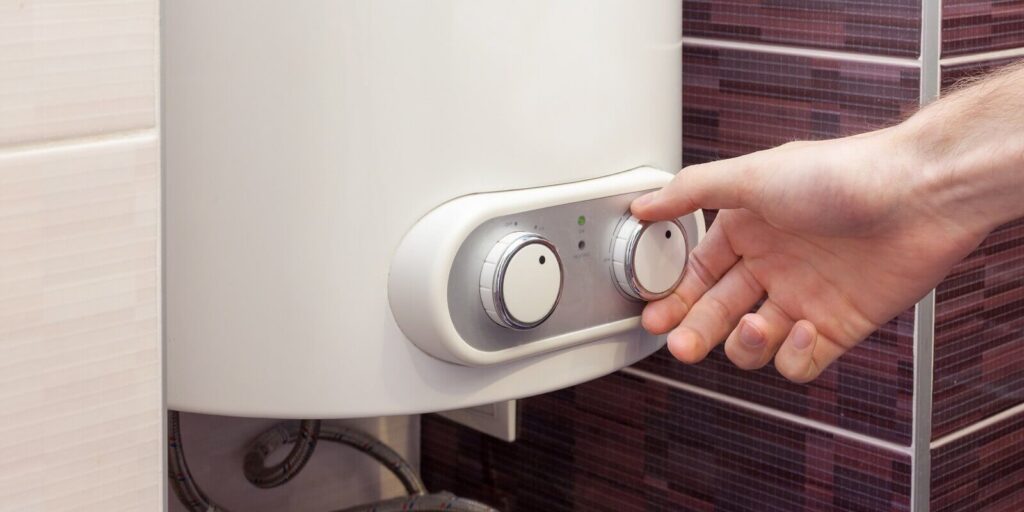 For many homeowners, their water heater is an afterthought. As long as things are running smoothly and you are able to get hot water from your sinks and showers when you need it, there is little reason to pay attention to it as it silently carries out its work.
For many homeowners, their water heater is an afterthought. As long as things are running smoothly and you are able to get hot water from your sinks and showers when you need it, there is little reason to pay attention to it as it silently carries out its work.
However, when something goes wrong with your water heater, you could find yourself facing a costly repair that needs to be carried out immediately to avoid having to take cold showers.
One of the best ways to ensure that your water heater runs smoothly and lasts as long as possible is with regular maintenance, and flushing your water heater plays a central role in preserving the functioning of your heater.
Here is a closer look at everything you need to know about this easy and valuable step.
How Often Do You Need To Flush Your Water Heater?
Although conventional wisdom suggests draining and flushing your water heater once per year, that is really the bare minimum. Experts recommend draining and flushing your water heater twice a year, doing it once in the springtime and a second time during the fall months.
This is because minerals and sediment build up in your tank over time and need to be addressed before the problem grows. When tap water enters your water heater tank, the natural mineral content found in hot water comes with it and falls to the bottom of your tank, where it begins to accumulate.
However, because most tank water heaters have a heating element at the bottom of the tank, as the sediment and mineralization build up on the heating element, the tank becomes significantly less efficient.
People who live in areas with hard water need to be particularly vigilant when it comes to regularly flushing their tank because sediment can collect surprisingly quickly. In fact, it may even be necessary to flush out the mineral buildup in your tank every four months if you live in an area with hard water.

What Happens If You Fail To Flush Your Water Heater Regularly?
Because sediment and minerals are constantly accumulating at the bottom of your tank, the longer you go without flushing it, the greater the buildup will be.
This will eventually lead to scaling, which is accumulated mineralization like that you might see on your sink faucets and shower heads. When there is enough of that buildup in the tank, you could encounter major problems with your tank.
Here is a look at some of the biggest issues failing to flush your tank can cause.
Corrosion
If you have gone too long without properly flushing your tank, you may find that corrosion begins to attack the inside of the tank and threatens its structural integrity. This means that you will have to replace it far sooner than you would have had you stayed on top of maintenance.
Lower Efficiency
As scaling continues to collect on the bottom of your tank, you will find that your water heater has to work harder to heat the water in the tank, and this can tax the device and raise your energy bills.
Safety Issues
One particularly dangerous effect of failing to flush your water heater occurs when the buildup in the tank leads to scaling that blocks the pressure relief valve of your tank. This valve is crucial for preventing pressure from building up in the tank and can lead to significant hazards when it fails to function.

What Other Maintenance Does My Water Heater Need?
Draining and flushing your water heater regularly is one of the most important things you can do for your heater, but it is also important to test its pressure relief valve once a year.
Hot water in your tank can create steam and pressure, much like boiling water in a covered pot on your stove. Normally, excess pressure is sent out through the pipes in your home.
However, if the pressure reaches an unsafe level, your tank’s pressure relief valve will automatically open as the interior pressure reaches too high so it can release some water, steam and pressure from your tank.
However, this valve may encounter problems. For example, it could be stuck or blocked by interior scaling. Thankfully, testing it is a simple process. You only need to place a bucket underneath the discharge pipe and flip the valve open.
Water should come out through the valve and down the pipe and pour into the bucket. If this does not occur, there is a problem with your valve, and you need to call professional plumbers immediately.
Get In Touch With The Water Heater Repair Team
If you are experiencing any problems with your water heater, get in touch with Baumbach Plumbing and Remodeling. Our Northern Virginia water heater repair and replacement specialists can respond quickly to diagnose the problem and ensure your tank is operating safely.






